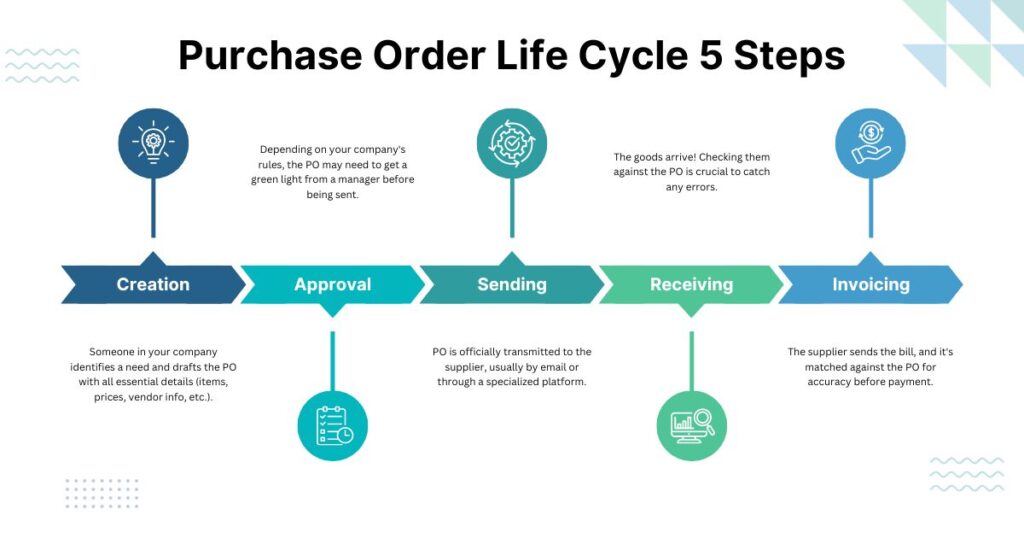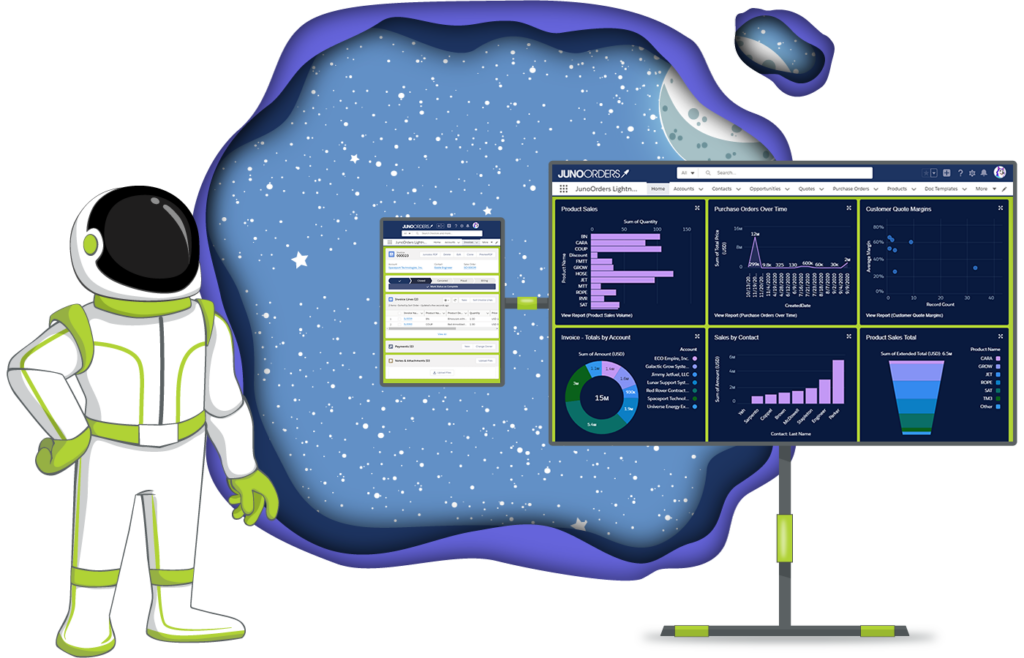Imagine harnessing the full potential of both your Magento store and Salesforce CRM. Imagine customer data seamlessly flowing between the two, empowering you with a 360-degree view of your audience. Picture personalized marketing campaigns that resonate, sales strategies that convert, and a customer experience that keeps shoppers coming back for more. This isn’t a far-off dream – it’s the reality you unlock when you seamlessly integrate Magento with Salesforce.
Break down the silos that separate your e-commerce platform from your customer relationship management. By bridging this gap, you transform raw data into actionable insights, paving the way for data-driven decisions that drive growth. From automating repetitive tasks to uncovering hidden trends, a Magento-Salesforce integration empowers your business to operate more efficiently, understand your customers on a deeper level, and ultimately, achieve greater success in the competitive e-commerce landscape.

Demystifying the Magento-Salesforce Connection
The Power of APIs
At its core, the integration leverages the power of APIs (Application Programming Interfaces) to establish a secure and reliable connection between Magento and Salesforce. This connection enables the seamless exchange of crucial information, including customer details, order histories, product data, and more.
Tailored Synchronization
The synchronization process can be tailored to meet your specific needs, whether you require real-time updates or scheduled data transfers. Robust data mapping ensures that information from Magento’s product attributes, categories, and order statuses aligns perfectly with their corresponding fields in Salesforce. This meticulous mapping prevents data inconsistencies and ensures that your teams have access to accurate and up-to-date information.
Customization for Your Unique Needs
For businesses with unique requirements or complex workflows, the integration offers a high degree of customization. Whether you have intricate pricing rules, operate multiple Magento stores, or need to automate specific actions based on customer behavior, the integration can be adapted to accommodate your specific business processes.
Expertise You Can Trust
Our team boasts extensive experience with Magento, spanning various versions, editions (Community and Enterprise), and an array of customizations. We understand the intricacies of Magento’s architecture and can tailor the integration to seamlessly fit your existing setup.
Beyond Magento, we possess deep expertise in Salesforce, across its Sales, Service, and Marketing Clouds. This enables us to leverage the full power of the integration to enhance your customer relationship management, streamline service processes, and create targeted marketing campaigns.
Don’t just take our word for it. We have a proven track record of success, as evidenced by numerous Magento merchants who have achieved remarkable results through our integration. From increased sales and improved customer satisfaction to enhanced operational efficiency, our solution has helped businesses of all sizes thrive.
Our commitment to excellence is further underscored by our official partnerships, certifications, and recognitions within both the Magento and Salesforce ecosystems. These credentials not only validate our expertise but also grant us access to exclusive resources and insights that benefit our clients.
Security and Reliability at the Forefront
We understand that your customer and order data are invaluable assets. That’s why we’ve implemented stringent security measures to safeguard this information throughout the synchronization process. Encryption protocols, secure data transfer mechanisms, and adherence to industry best practices are just a few of the ways we prioritize the protection of your sensitive data.
We also recognize that errors can occur during synchronization. Our solution incorporates robust error handling and recovery mechanisms to minimize disruption and ensure data integrity. In the unlikely event of an error, our system provides clear notifications and tools to help you quickly identify and resolve the issue, preventing data loss and maintaining the accuracy of your records.
Our commitment to your success extends beyond the technical aspects of the integration. We offer comprehensive customer support, including detailed documentation, tutorials, and responsive assistance via live chat or dedicated account management. Our goal is to empower you to maximize the benefits of the integration and ensure a smooth and successful experience.
Tailored Solutions for Your Business Model
B2B and B2C: A Win-Win
Whether you cater to businesses (B2B) or consumers (B2C), the Magento-Salesforce integration delivers tailored benefits. B2B companies gain a streamlined sales process, with customer-specific pricing, quotes, and order history accessible directly in Salesforce. This empowers sales teams with the context they need to nurture leads and close deals.
B2C stores unlock the power of personalization. By synchronizing customer data, you can segment your audience, create targeted email campaigns, and recommend products based on individual preferences, ultimately driving conversions and fostering brand loyalty.
Multiple Stores, One Solution
If you manage multiple Magento stores, our integration simplifies the complexity. It centralizes customer and order data from all your stores into Salesforce, providing a unified view of your business performance. This not only saves time but also enables you to identify cross-selling opportunities and optimize your marketing efforts across all your brands.
As the comparison demonstrates, our solution outshines competitors with its real-time synchronization, robust error handling, and unwavering commitment to customer support. We go the extra mile to ensure your integration is seamless, effective, and tailored to your specific needs.
Elevate Your E-commerce with a Unified Approach
Don’t let valuable customer data slip through the cracks. A Magento-Salesforce integration isn’t just about connecting two platforms; it’s about unlocking a new level of efficiency, insight, and growth for your e-commerce business. By unifying your data, streamlining processes, and personalizing customer experiences, you equip your team with the tools to make informed decisions, build lasting relationships, and achieve unparalleled success. Ready to harness the combined power of Magento and Salesforce? Contact us today and let’s transform the way you do e-commerce.
Frequently Asked Questions About Magento Sync
Your existing data is safe. The integration focuses on syncing new and updated information, ensuring data consistency without overwriting or erasing what’s already there. We’ll work with you to map your existing data structures, so information flows seamlessly between the platforms.
Absolutely. We understand that every business has unique requirements. Our integration offers a high degree of flexibility, allowing you to tailor data mappings, sync schedules, and automation triggers to align with your specific workflows and business logic.
We meticulously map product attributes, categories, and statuses from Magento to their corresponding fields in Salesforce. This ensures that even if the data structures differ slightly, the information is accurately represented in both systems, preventing inconsistencies and maintaining data integrity.
Security is a top priority. We employ industry-standard encryption protocols, secure data transfer mechanisms, and adhere to best practices to safeguard your sensitive information. Rest assured that your data is protected throughout the synchronization process.
We offer comprehensive support to ensure a smooth experience. You’ll have access to detailed documentation, tutorials, and responsive assistance via live chat or dedicated account management. Our team is committed to helping you resolve any issues quickly and efficiently.














